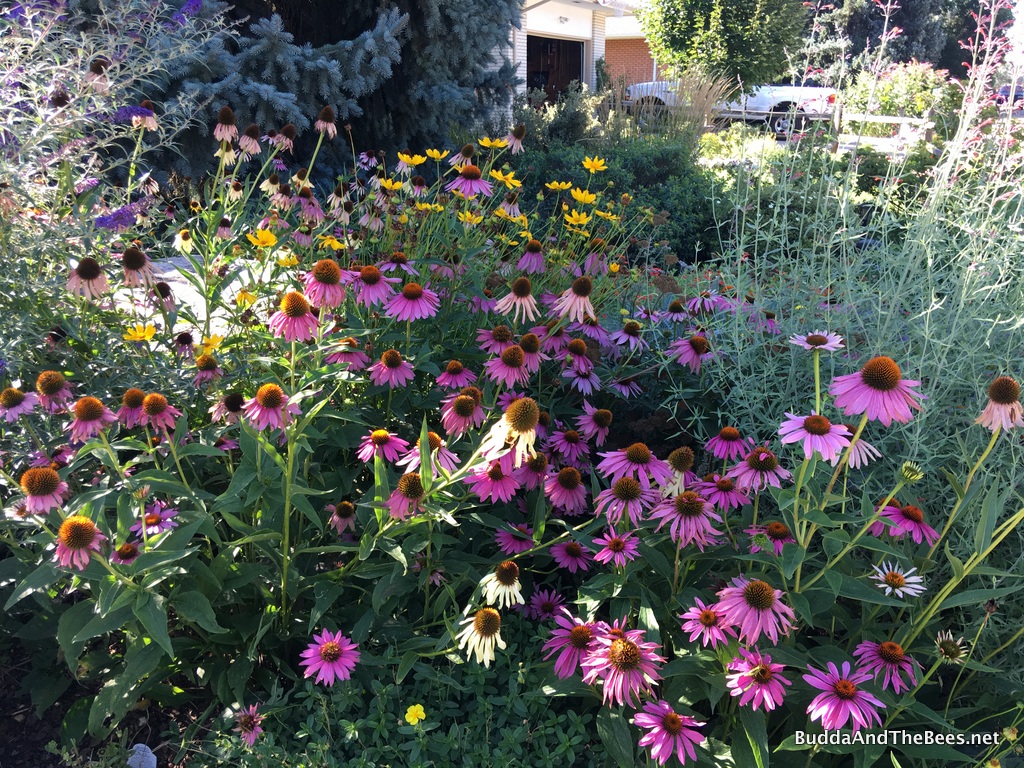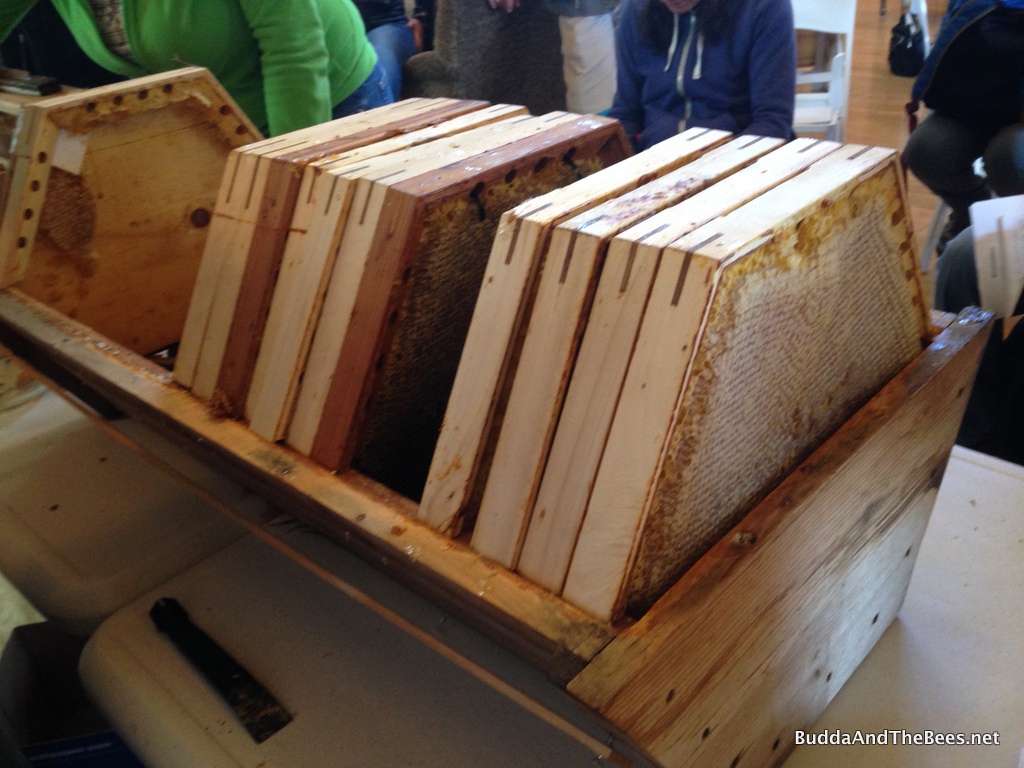For Christmas, my wife got me a weather station that would allow me to monitor the weather in my yard through the internet. It took me a while to figure out the best place to put it (roof, side yard, etc), but I finally figured the best place was in the bee yard. Last Sunday, the temperatures were in the 60’s so I went to work and got it installed.
Here are the current observations from my weather station via Weather Underground:
You can view more information (including graphs and maps) by clicking on the weather widget above or the one on the right side of any of my blog pages. I hope to add a web cam later this year so I can visually monitor the bees, er, the weather also.
As I was looking around the yard last week, I noticed that the crocuses (croci?) were already popping up – evidence of our warm start to the year. For my friends and family in New England who probably haven’t seen the ground in many weeks, here’s a picture to help you remember what’s beneath all that white.
One of the reasons I live in Colorado is that we average 300 days of sunshine in a year. But, just like New England, if you don’t like the weather, just wait a bit. The day after I took this picture, the crocuses were buried under snow. But, by mid week, we were back in the 50’s again and the bees were bringing in more pollen.
Another few days later, and we’re back in the snow regime. Here’s what it looks like today.
And it’s 11 degrees. (I know this is nothing compare to what New Englanders have been enduring).
One of the problems of having fluctuating weather like this is that it is hard on the bees. Since they have been bringing in pollen, I’m sure that has spurred the hive into thinking spring is arriving and that they should start increasing their numbers. Plus, all the warm weather flying means that they are using up some of their honey stores for energy to fly. They will not be able to make more honey until the nectar starts flowing in April and May, so what they have now is all they’ll have until then. If they use up all their honey before then, they’ll die. If we have long spells of cold weather, they will also need to eat honey to keep warm while they are clustered up inside the hive. If it’s too cold to move from the cluster, they can die within inches of honey. And, if the queen is laying eggs and new bees are hatching, that means more mouths to feed.
It looks like the pattern is changing so that the West will see more cold and snow and that the East will see a bit of a warming trend (relatively speaking). Officially, Spring will be here in less than a month, but whether the weather cooperates, remains to be seen. For now, I’m happy we are getting some moisture for all the bee plants and looking forward to good skiing in March.







1 Comment
Julie · February 23, 2015 at 10:59 am
Your weather station is slick! Looking forward to your observations!
Your crocuses are a gorgeous sight! (Btw, Merriam-Webster says that is the correct plural because crocus originates from Greek instead of Latin. I believe there is a myth about Crocus being a friend of Hermes, but he was accidentally killed somehow — aren’t they all? — and turned into a flower.)
Enjoy the remaining roller coaster of your winter. 25 Days until spring!!!